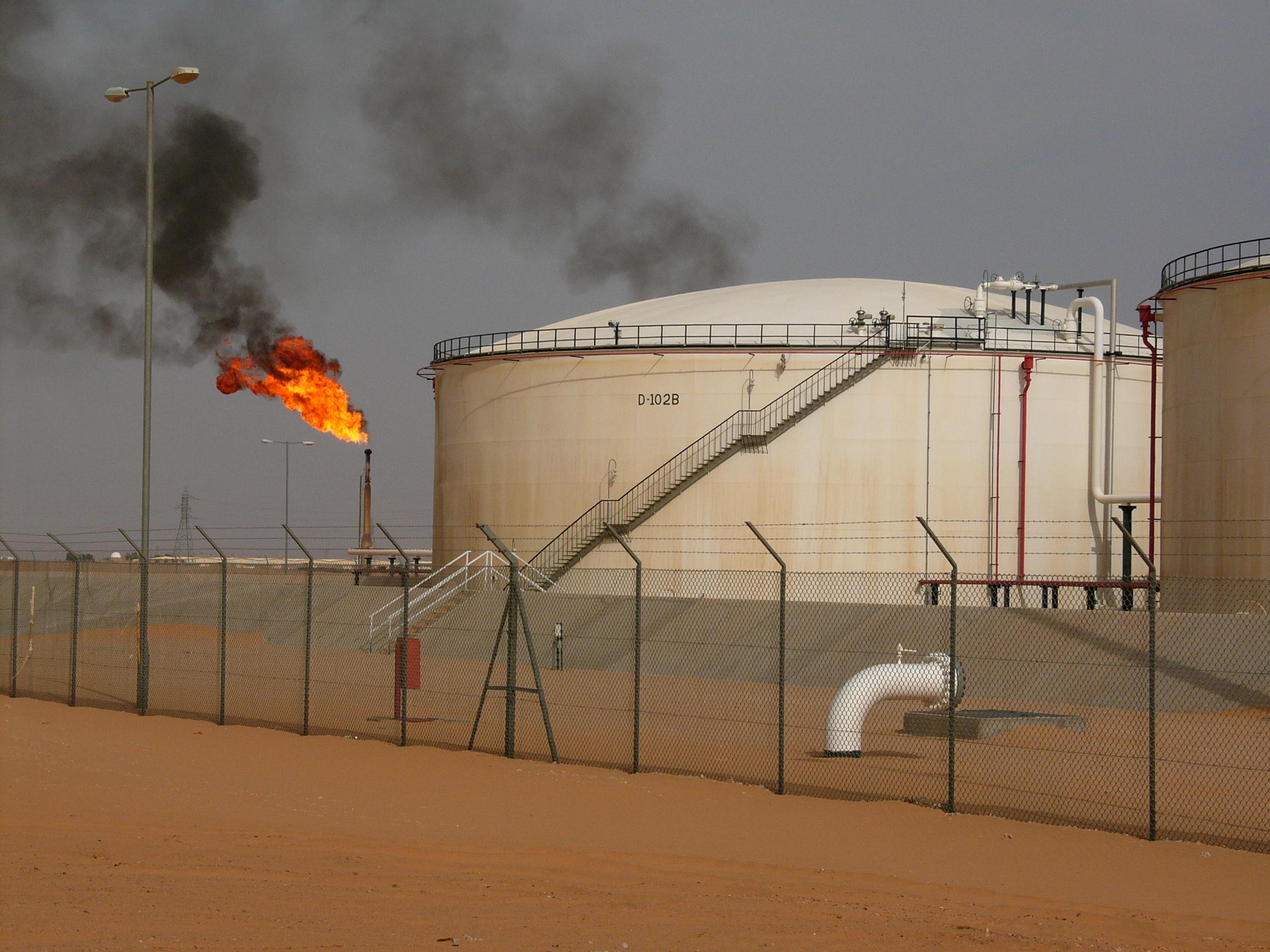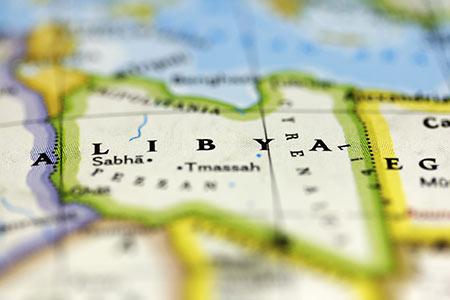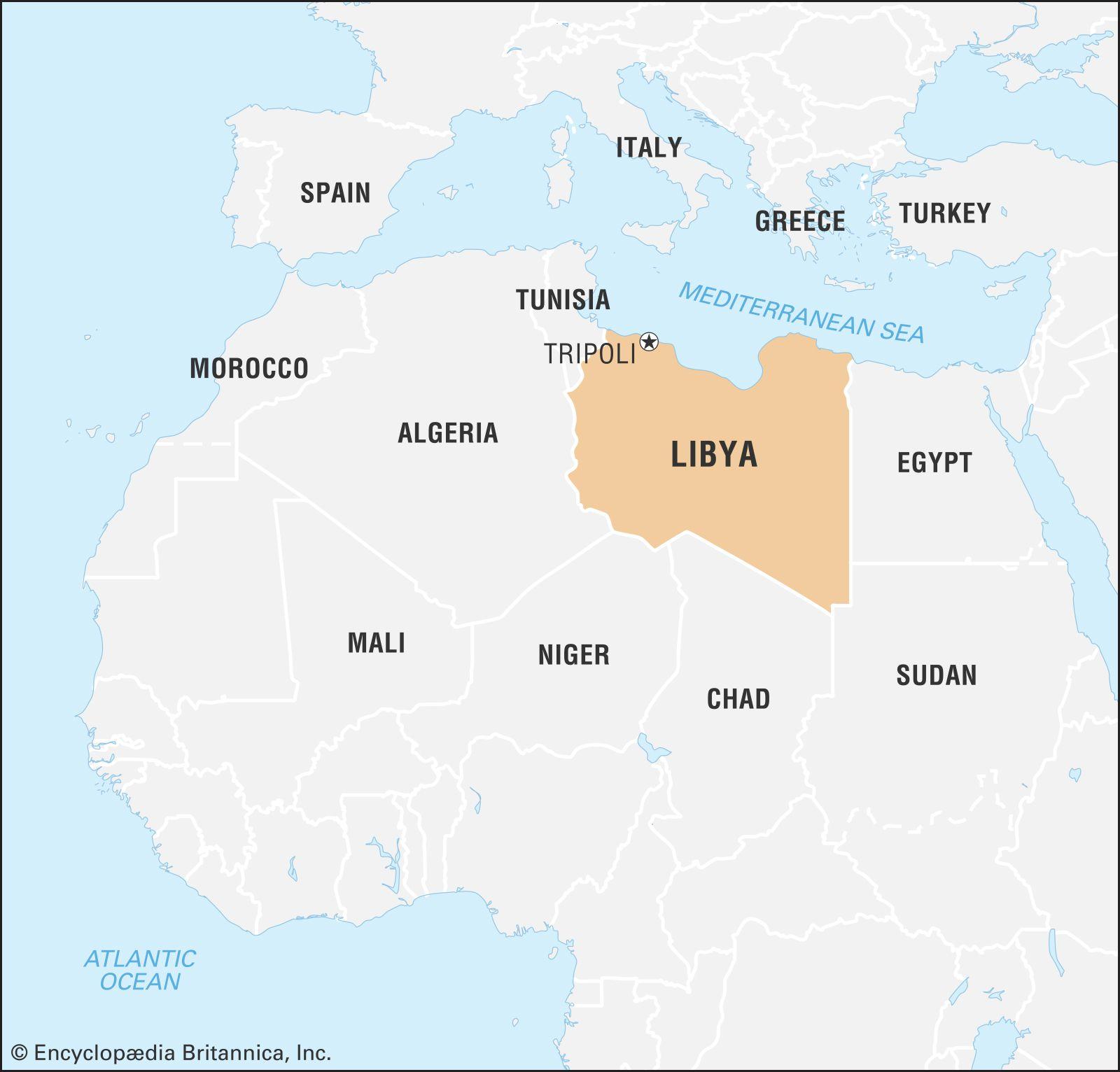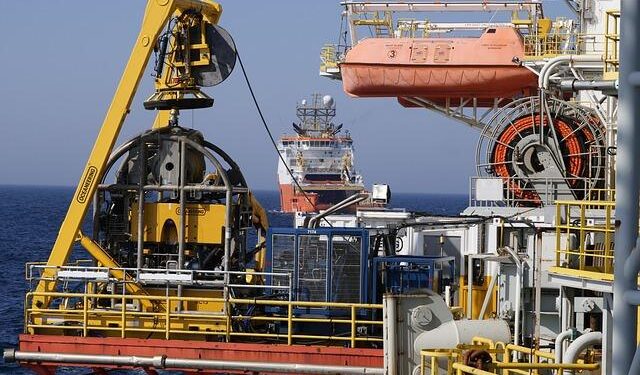In the ever-evolving landscape of the global energy market, few stories capture the complexities of resilience and recovery quite like that of Libya’s Mabruk oilfield. After a decade marked by political upheaval and operational hiatus, this once-thriving production site is poised to re-enter the spotlight, heralding a new chapter for the Libyan oil industry. As the nation seeks to reinvigorate its economy and strengthen its position in an unpredictable market, the resumption of operations at Mabruk represents not just a comeback, but a testament to the enduring spirit of a country rich in potential. In this article, we delve into the factors that have facilitated this revival and the implications it holds for Libya’s future in the global energy arena.
Resurgence of Mabruk Oilfield: A New Era for Libyas Energy Sector

After a decade of dormancy, the revival of the Mabruk oilfield signals a pivotal transformation in Libya’s energy landscape. Once a cornerstone of the nation’s petroleum output, the field had been left largely untouched due to political unrest and infrastructural challenges. The return to production not only revitalizes local economies but also reinforces Libya’s strategic significance in the global oil market. Industry experts are optimistic about the field’s potential to restore Libya’s pre-revolution production levels, fostering a renewed sense of confidence among investors.
The operational revival is the result of concerted efforts from national oil companies and international partners, utilizing advanced technologies and enhanced extraction methodologies to optimize output. Key initiatives include:
- Investment in infrastructure: Upgrades to pipelines and processing facilities are essential to ensure smooth operations.
- Training and capacity building: Local workforce training programs have been initiated to enhance skills and safety protocols.
- Environmental considerations: Implementing sustainable practices to minimize the ecological footprint of oil extraction activities.
The anticipated boost in production from the Mabruk oilfield is projected to make a significant impact on Libya’s overall oil output, contributing to the country’s GDP and paving the way for long-term economic stability. Government initiatives are geared towards maximizing oil revenues, which are critical for national development projects and public services. As Libya charts a course towards recovery, the successful resumption of the Mabruk field underlines the resilience of its energy sector in the face of past adversities.
Technical Innovations Driving Efficient Production in Mabruk Oilfield

The resurgence of production at Mabruk Oilfield is fueled by a waveform of technical innovations that enhance efficiency and sustainability in operations. By integrating state-of-the-art technology, companies are now capable of optimizing extraction processes, minimizing waste, and auguring the environmental impact. Among the key advancements are:
- Advanced Data Analytics: Utilizing big data to foresee equipment failures and enhance maintenance schedules.
- Enhanced Oil Recovery Techniques: Implementing CO2 injection methods to improve oil flow.
- Automation and Robotics: Deploying drones for inspection and remote-controlled machinery to increase operational safety and efficiency.
Furthermore, digital transformation plays a pivotal role in modernizing operations within the oilfield. Cloud-based platforms enable real-time data sharing and collaboration among teams, which enhances decision-making processes. Key elements contributing to this transformation include:
- Internet of Things (IoT): Connecting sensors and devices for better monitoring of equipment and environmental conditions.
- Artificial Intelligence (AI): Leveraging machine learning capabilities to analyze patterns and improve production forecasts.
- Blockchain Technology: Ensuring transparent transactions and supply chain management, which boosts trust and efficiency across stakeholders.
The convergence of renewable energy sources alongside traditional fossil fuel extraction techniques is another innovation gaining traction at Mabruk. By incorporating solar and wind energy into drilling operations, the field stands to reduce its carbon footprint and operating costs, ensuring a more sustainable approach to oil production. This approach is complemented by:
| Technology | Benefits |
|---|---|
| Solar Power Integration | Reduces reliance on diesel generators, decreasing emissions. |
| Smart Grid Systems | Enhances energy efficiency and reduces operational costs. |
| Water Management Solutions | Optimizes water use, leading to less environmental strain. |
Economic Implications of Renewed Oil Output for Libya

The resumption of production at Libya’s Mabruk oilfield heralds significant economic shifts for the nation, previously hindered by a decade of conflict and instability. The revival of this vital oilfield is anticipated to positively impact Libya’s GDP, enabling the government to bolster its fiscal resources. Key implications include:
- Increased Export Revenues: With the return of oil production, Libya can expect a surge in export revenues, directly contributing to the stabilization of its economy.
- Job Creation: The operational revival will lead to numerous job opportunities in both the oil sector and ancillary industries, helping to reduce the country’s high unemployment rates.
- Foreign Investment Attraction: A stable oil production environment can beckon foreign investors, crucial for revitalizing the wider economy and facilitating infrastructural development.
The regrowth of Libyan oil output also carries broader implications within the global market. An increase in oil production might lead to fluctuations in global oil prices, affecting not only Libya but also international oil corporations and consumers. In this respect, potential outcomes include:
| Outcome | Description |
|---|---|
| Price Stabilization | Heightened supply could stabilize or reduce oil prices, benefiting consumer nations. |
| Increased Competition | Renewed Libyan output could intensify competition among oil-producing nations, impacting their market strategies. |
Lastly, the ability of Libya to sustainably manage its oil resources is crucial. The oil sector has historically been fraught with mismanagement and corruption. Strengthened governance and adherence to international standards could pave the way for long-term economic recovery and growth. Factors influencing this include:
- Regulatory Framework: Establishing a robust regulatory framework to manage oil revenues transparently is essential.
- Environmental Considerations: Balancing production with environmental protections will be imperative to avoid ecological degradation.
- Community Engagement: Involving local communities in decision-making processes is critical to ensuring equitable distribution of benefits.
Strategies for Sustainable Management in the Oil Industry Moving Forward

As the oil industry navigates the complexities of modern energy demands, several strategies can pave the way for sustainable management. Implementing innovative technologies is paramount in enhancing operational efficiency while minimizing environmental impacts. Techniques such as digital oilfield solutions—which integrate data analytics, IoT sensors, and automation—can significantly reduce waste and optimize resource extraction. Additionally, investing in carbon capture and storage (CCS) technology provides an avenue to mitigate the greenhouse gas emissions associated with oil production.
Engagement with local communities plays a crucial role in ensuring that oilfield developments benefit not just companies but also surrounding populations. Developing strong partnerships with stakeholders fosters trust and helps in addressing social impacts. To achieve this, companies should implement strategies such as:
- Inclusive Dialogue: Regular consultations with community leaders to discuss ongoing projects and address concerns.
- Local Investments: Supporting local businesses and infrastructure projects to boost the regional economy.
- Sustainability Reporting: Transparently sharing operational impacts through comprehensive reporting that outlines environmental and social governance (ESG) initiatives.
Regulatory frameworks must evolve to support sustainable practices within the industry. Governments and regulatory bodies should encourage best practices by establishing clear guidelines that promote environmental stewardship and corporate responsibility. The creation of incentive structures for companies that demonstrate measurable sustainability initiatives—coupled with stringent penalties for non-compliance—will help cultivate a culture of responsibility. This could include:
| Incentives | Penalties for Non-Compliance |
|---|---|
| Tax breaks for adopting sustainable technology | Fines for exceeding emissions limits |
| Grants for community development projects | Legal action for environmental damages |
Final Thoughts
the resumption of production at Libya’s Mabruk oilfield marks a significant milestone in the country’s journey toward economic revival and stability. After a decade-long pause, this development not only revitalizes local livelihoods but also reaffirms Libya’s enduring potential as a key player in the global oil landscape. As stakeholders turn their attention to the implications of this revival, both regionally and internationally, the Mabruk oilfield stands as a testament to resilience in the face of adversity. The path ahead may be fraught with challenges, but the renewed flow of oil hints at a hopeful horizon for Libya’s energy sector and its broader national aspirations. As we watch the unfolding story, the world is once again reminded of the vital role that energy plays in shaping economies and futures alike.































